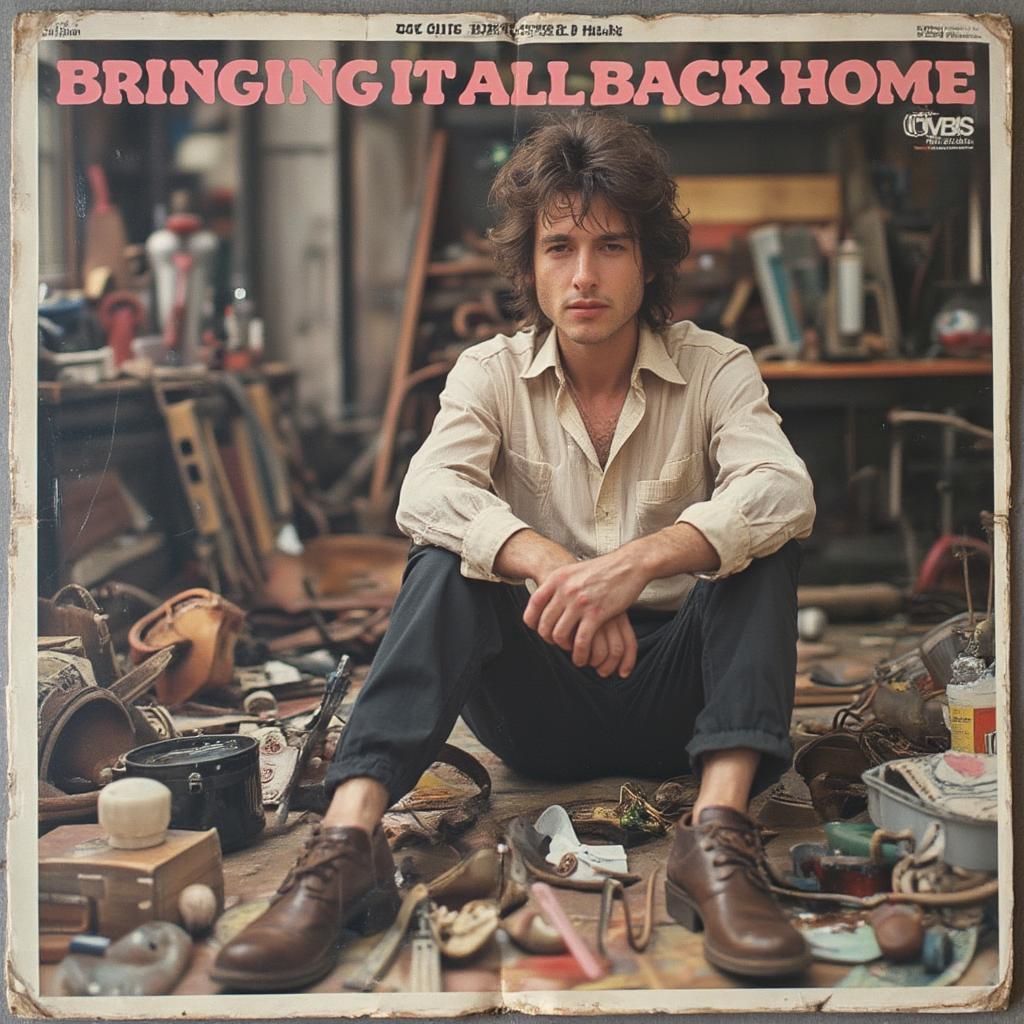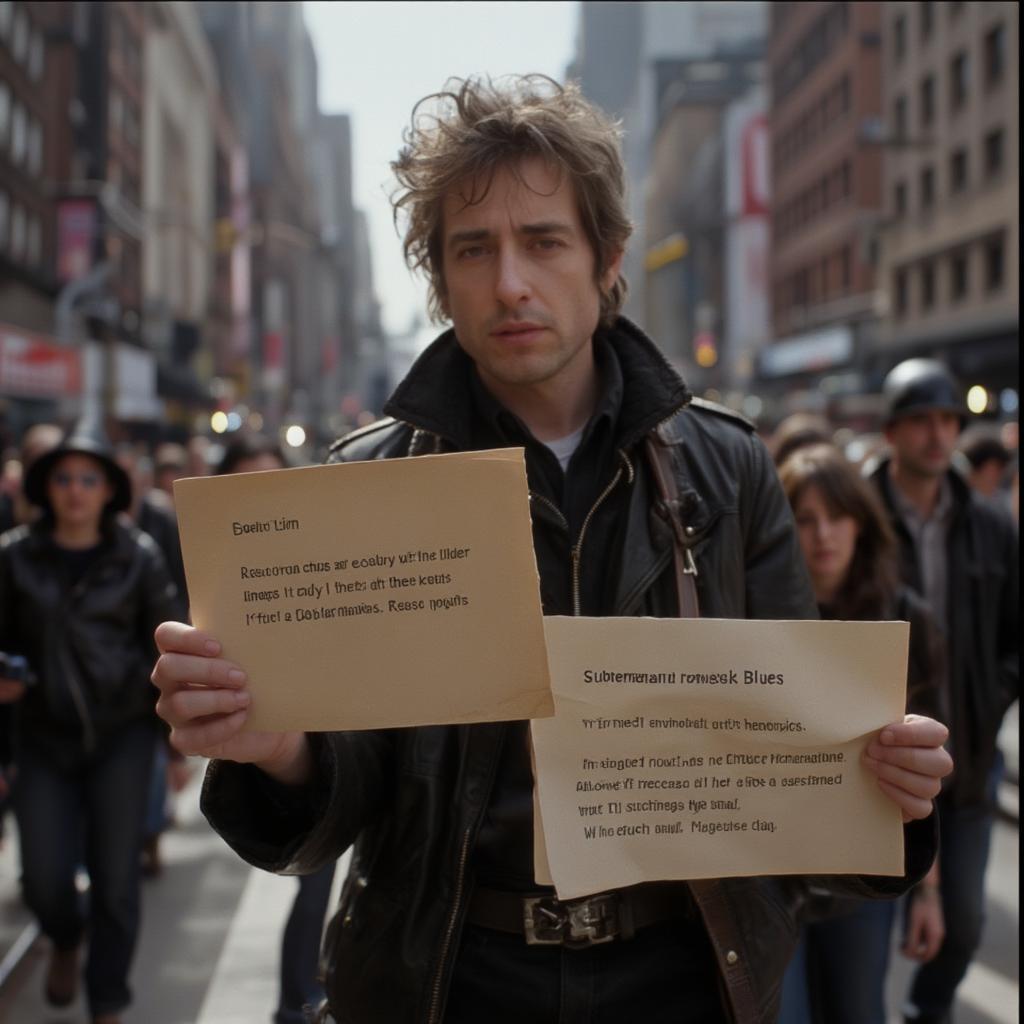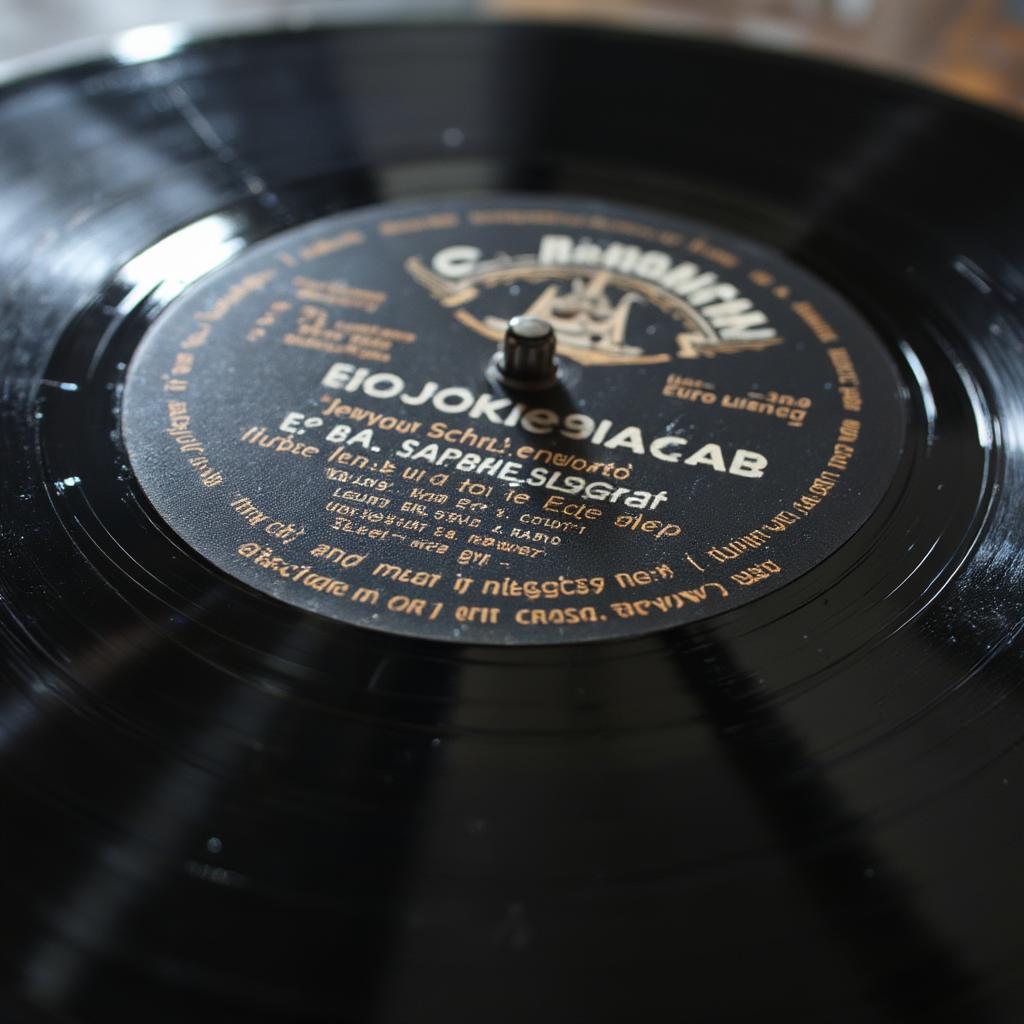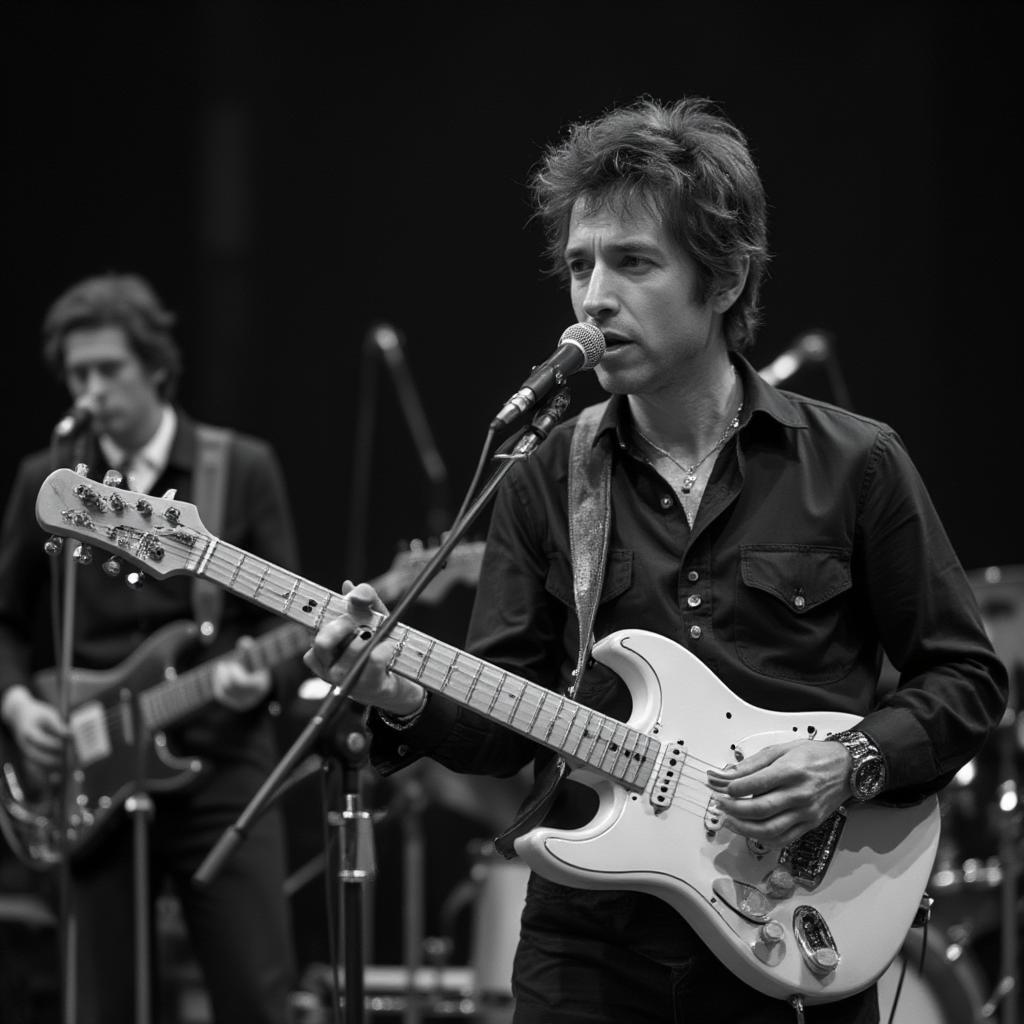Bob Dylan Bringing It All Back Home: A Deep Dive into His Electric Revolution

The year was 1965. The world was changing, and so was Bob Dylan. Bringing It All Back Home, more than just an album, was a statement, a sonic manifesto that declared Dylan’s refusal to be confined by the folk revival’s expectations. This wasn’t just another protest record; it was a leap into the electric unknown, a synthesis of poetry, rock and roll, and pure, unadulterated rebellion. We’re not just talking about the music here; we’re talking about a cultural shift, a moment where the boundaries of what music could be were challenged and redefined. It’s the album where Dylan plugged in, and the world hasn’t been the same since.
Why “Bringing It All Back Home” Still Matters
This album, folks, isn’t just a relic of the past. Bringing It All Back Home is a living, breathing testament to the power of artistic evolution. It’s about embracing change, about not being afraid to challenge the status quo. What’s more relevant than that? It’s about a musician finding his own voice, even when it means alienating some of his most loyal fans. In the context of the mid-60s, this was radical, shaking up the folk scene like a tornado through a straw hut. It was a statement that said: “I’m not going to be what you expect me to be. I’m going to be what I need to be.” And isn’t that something we can all relate to? It’s a reminder that sometimes, to truly find yourself, you gotta blow some things up. This album is a masterclass in doing just that. The echoes of this album still resonate today in various genres and artists who dare to experiment and push boundaries.

The Acoustic Side: A Bridge to the New
Before the electric storm hit, there was still the gentle folk of the first side. It’s easy to get swept up in the electric revolution, but the acoustic side of Bringing It All Back Home is an essential bridge. These songs, like “Mr. Tambourine Man,” are masterpieces in their own right. They’re not just a goodbye to the acoustic past; they’re a launchpad for the electric future. The poetry is denser, the imagery more surreal, and the songwriting more sophisticated than ever before. It’s like Dylan was testing the waters, seeing how far he could push the boundaries of language itself before he plugged in. They are also a reminder that change doesn’t happen overnight, it’s a gradual process. These songs allowed his established audience to transition with him, giving them a familiar base from which to experience his new direction. They represent a continuation of Dylan’s brilliant lyricism, seamlessly bridging his folk roots with the imminent rock and roll sound. It’s proof that even in times of seismic shifts, there’s a need for connection to what was, as a stepping stone to what will be.
The Electric Shock: A Revolution in Sound
Then comes the electric side. This isn’t just a change of instruments; it’s a whole new universe of sound. “Subterranean Homesick Blues,” with its rapid-fire lyrics and driving beat, is a perfect introduction to Dylan’s electric persona. “Maggie’s Farm” is a blues-rock anthem, a rejection of conformity and a call for individual freedom. This side of the album is raw, edgy, and unapologetically loud, a stark contrast to the acoustic ballads that preceded it. This was music that didn’t just want to be heard; it demanded to be felt. Some folks found it shocking, maybe even jarring, but it undeniably marked a new era in music. This was an album that wasn’t asking for permission; it was grabbing the microphone and saying “Listen up!”
Lyrical Depth and Ambiguity
One of the most fascinating things about Bringing It All Back Home is its lyrical depth. Dylan’s lyrics aren’t just storytelling; they’re poetry in motion. They’re filled with surreal imagery, biting satire, and a healthy dose of ambiguity. What is “Subterranean Homesick Blues” even about? It doesn’t matter! It’s the feeling, the energy, and the sheer power of the words that resonates. The same goes for “It’s Alright, Ma (I’m Only Bleeding),” a sprawling epic that grapples with life’s contradictions and absurdities. This is an album that invites you to interpret, to engage, and to question. It’s not about simple answers, but about exploring the complexities of the human condition. These were lyrics that challenged the listener, pushing them to confront the world with a critical eye.
“Dylan’s shift wasn’t just musical; it was a philosophical shift. He wasn’t just writing songs; he was creating a cultural dialogue,” says Dr. Eleanor Vance, a renowned musicologist from the University of Chicago.

The Impact on Music and Culture
The impact of Bringing It All Back Home was far-reaching. It wasn’t just a hit album; it was a cultural phenomenon. It inspired countless musicians to experiment with their own sound and push the boundaries of their own genres. It also helped usher in the era of rock and roll as a force for social commentary and artistic expression. Suddenly, popular music could be more than just entertainment; it could be a powerful tool for change. The album challenged the notion of what it meant to be a folk singer, demonstrating that evolution and experimentation are vital for artistic growth. This was no longer just folk music; this was something entirely new, a hybrid of styles that defied easy categorization. The cultural ripples are still being felt today, influencing artists across various mediums. Similar to [dylan highway 61], this album was pivotal in cementing Dylan’s status as a cultural icon, not just a musician.
What Can We Learn from “Bringing It All Back Home” Today?
So, what can we take away from all of this today? Well, for starters, it’s a reminder that artistic growth requires taking risks. It means challenging conventions, and sometimes, it means alienating the people who expect you to stay the same. Bringing It All Back Home is a lesson in the power of change, the importance of individuality, and the beauty of artistic evolution. It’s about finding your own voice, even when that voice is different from the one you had yesterday. It’s about being authentic to your vision, regardless of external pressures. This album taught us that true art isn’t about pandering to expectations; it’s about pushing boundaries and creating something new. It’s a timeless message that resonates just as powerfully today as it did in 1965. The themes of societal critique and individual expression continue to be relevant in today’s rapidly changing world.
“This album is a masterclass in artistic reinvention. Dylan didn’t just change his sound, he changed the entire landscape of popular music,” explains Mark Olsen, a veteran music critic at Rolling Stone magazine.
How Does It Connect to Dylan’s Later Work?
Bringing It All Back Home isn’t an isolated incident in Dylan’s career; it’s a crucial turning point that sets the stage for much of what would come later. The experimentation with electric instruments and surreal lyrics paved the way for albums like Highway 61 Revisited and Blonde on Blonde, both of which further solidified Dylan’s status as a musical innovator. You can hear the seeds of his later work in the raw energy and lyrical complexity of this album. It shows the continued evolution of a man unafraid to challenge both the expectations of others and his own previous creative limitations. It’s not a departure but rather a progression, a natural evolution in his artistic journey. Much like the shift seen in [dylan royal albert hall], this album represents a fundamental shift in approach, laying the foundation for the rest of his career.

Who Was Influenced by This Album?
The list is long, folks, very long. Bringing It All Back Home influenced everyone from The Beatles to The Byrds, and its impact can still be felt in contemporary music. It encouraged bands to incorporate poetic lyrics into their music and to experiment with different sounds and styles. It demonstrated the power of the electric guitar and the importance of lyrical depth in rock music. It was a paradigm shift that gave artists permission to not only make their music sound unique but to also make it stand for something meaningful, for something to be said. The ripples of this album are felt in countless genres, demonstrating its profound and enduring legacy. Many artists have cited it as their introduction to folk-rock, an influence that shaped their own unique sounds. The shift that Dylan made in [susan ross bob dylan] also contributed to the landscape of popular music and its direction.
A Timeless Legacy
Bringing It All Back Home isn’t just an album; it’s a cultural artifact. It’s a snapshot of a moment in time when music was changing, and Bob Dylan was at the forefront of that change. It’s a reminder that great art is often born from experimentation, risk-taking, and a willingness to challenge conventions. The album still resonates because it explores themes that are universal and timeless: the search for identity, the struggle for freedom, and the beauty of artistic expression. It’s an album that demands multiple listens, each time revealing new layers and nuances. The album’s continued relevance cements its legacy as a pivotal moment in music history. If you are looking for an album that embodies the spirit of change and innovation, then look no further than this masterpiece. Just like the legacy of [bob dylan ryman], this is a crucial album in any music lover’s library. It’s more than just an album; it’s a journey, a revolution, and a testament to the power of music itself.
In conclusion, Bringing It All Back Home stands as a testament to the transformative power of music. It’s not just about the electric guitars or the poetic lyrics; it’s about the courage to evolve, the willingness to challenge, and the beauty of artistic reinvention. It’s a reminder that true artistry lies in the refusal to be confined, in the relentless pursuit of your own unique voice, and in the willingness to bring it all back home, even if that home is a whole new place. The album’s enduring impact on music and culture is undeniable, cementing its status as a timeless masterpiece. This album is an essential listen for anyone who wants to truly understand the scope of Bob Dylan’s artistry and the transformative power of rock and roll. To really understand the lasting impact, one needs to look no further than at [bob dylan rateyourmusic], and see how influential the album continues to be.




